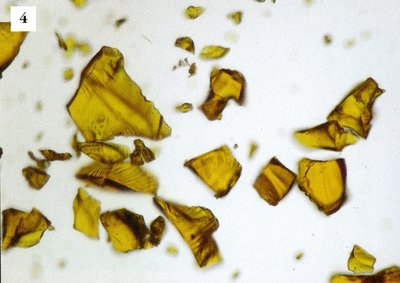The Chemistry of Color
The development of modern synthetic color and organic chemistry both owe their beginnings to dye manufacture. The search for cheaper, safer and more vibrant colorants fueled an industry that would drastically change the modern world.
The invention of a synthetic version of indigo undermined the Indian industry that the British Empire had depended on, and the synthesis of artificial alizarin red in 1868 established the dominance of the German chemical industry. Leading chemical companies such as BASF, Bayer, Hoechst, Ciba-Geigy, IG Farben, and ICI began as dye manufacturers. In 1883 Adolf von Baeyer identified the molecular structure of indigo and by 1887 Badische Anilin- und soda-Fabrik (now BASF Aktiengesellschaft patented the commercial production of a synthetic indigo. Baeyer’s discoveries in indigo earned him a Nobel prize in 1905.
In addition to revolutionizing the dye industry, chemists reshaped the world of artists’ pigments. In the nineteenth century color manufacture was considered one of the most important career options for chemists and many artists came to depend on their expertise to guide them through the new synthetic palette.
Brilliant hues that were once exotic imports now came from laboratories and artists’ palettes not only reflected this change, but attached a new value to synthetic pigments that went beyond that of their price, availability and brilliance. From the Impressionists who adopted chromes and cadmiums, to artist Yves Klein who patented his own ultramarine pigment, artists made synthetic color synonymous with modernity.

